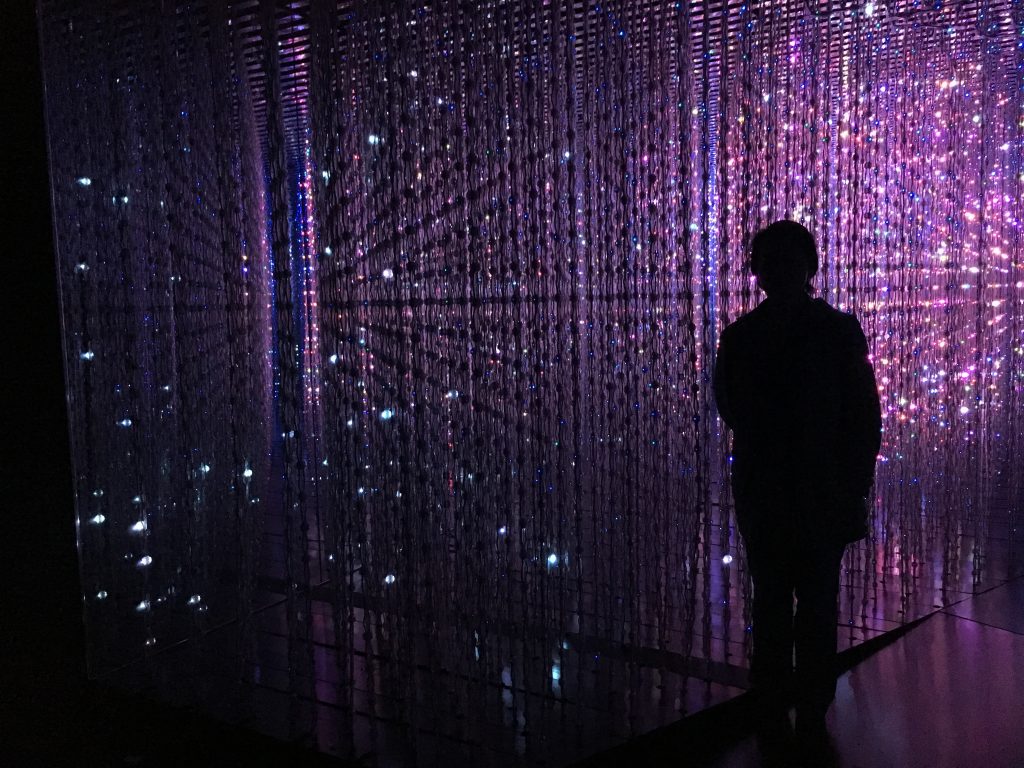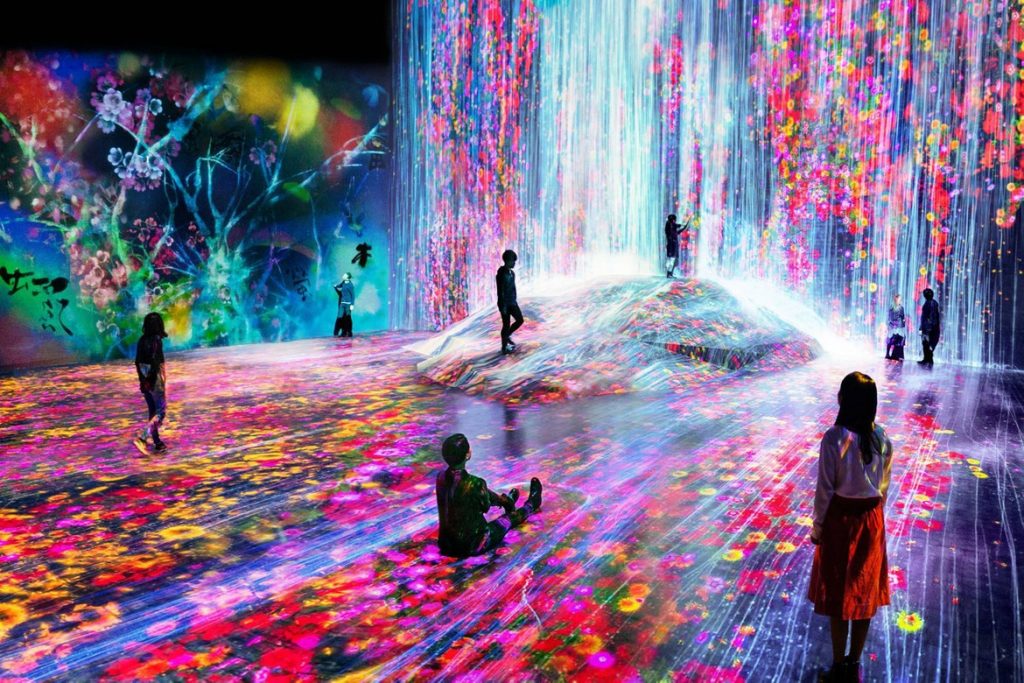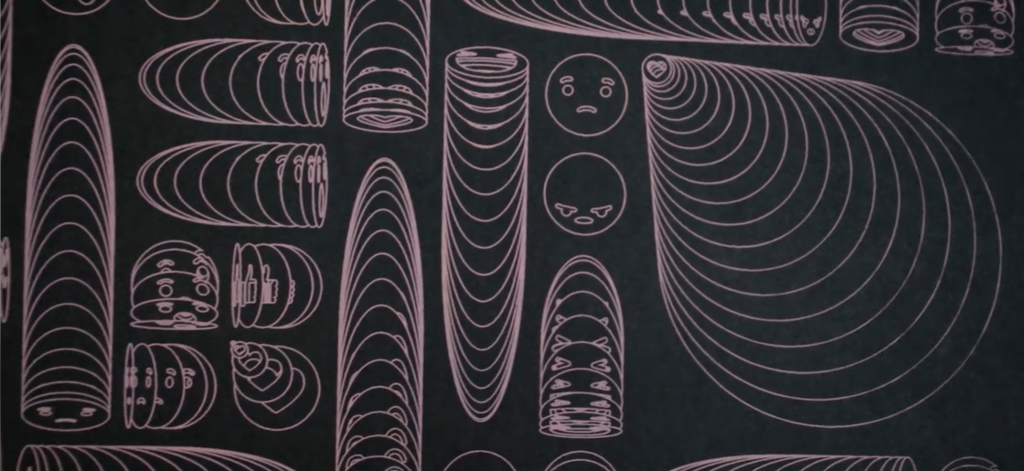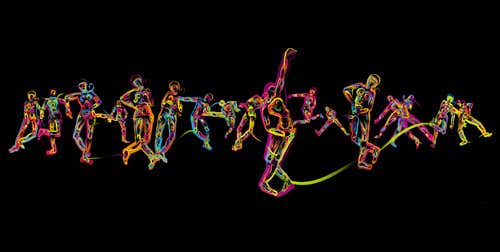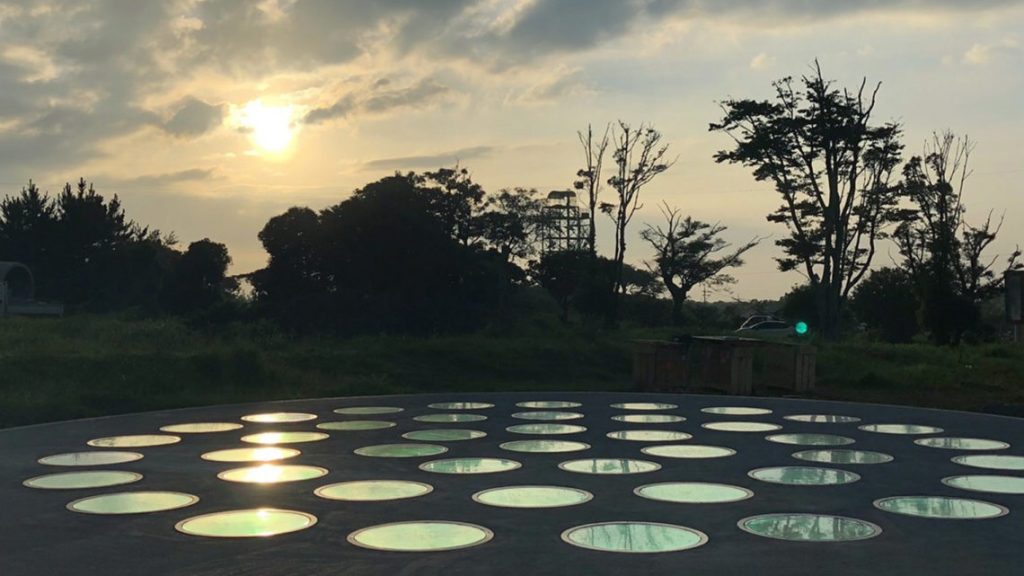
I first learned about Micheal Hansmeyer’s computation architecture during a seminar that discussed modern fabrication techniques and its applications to architecture. The Subdivided Columns (2010-) explores the beauty in ordinary geometry and the ornate patterns it develops. This leap in fabrication and design may allow extremely delicate and detailed artforms in building designs. It may be a lower cost and effort way to reinstate the gothic period ornate church designs. Hansmeyer also explores other forms and structures through generative art, often creating detailed 3D printed forms for exhibitions. Hansmeyer prints the columns in 1mm layers and holds them together with a central rod in the middle. The Subdivided Columns project started in 2010 has led to many other projects such as Digital Grotesque (2013)and most recently Muqarnas (2019).
![[OLD FALL 2020] 15-104 • Introduction to Computing for Creative Practice](../../wp-content/uploads/2021/09/stop-banner.png)
